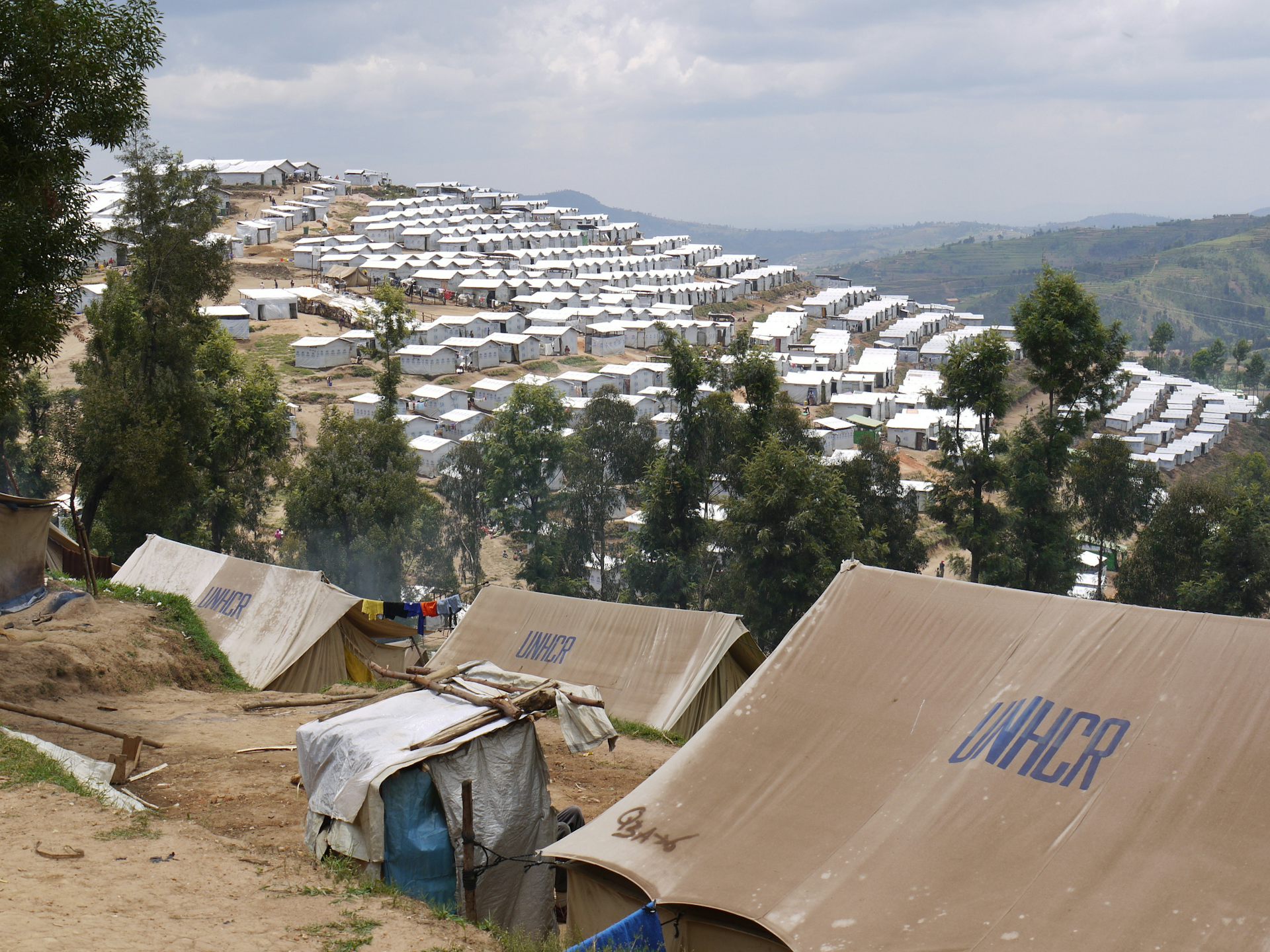
One year ago 11 Congolese refugees were killed as they demonstrated against reductions in food aid in Rwanda’s Kiziba refugee camp. As fresh calls mount to prosecute the police officers who used force against the refugees grow, The Conversation Africa’s Moina Spooner spoke to Evan Easton-Calabria about Rwanda’s refugee operations and the challenges host countries face.
Could you give us a picture of Rwanda’s refugee operations?
Rwanda hosts about 150,000 refugees from over 60 countries. This is a significant number that nonetheless pales in comparison to neighbouring Uganda’s 1.1 million and Kenya’s 470,000 refugees. The majority of refugees in Rwanda are from the Democratic Republic of Congo (75,000) and Burundi (69,000).
While the majority of Burundians arrived in 2015 after civil conflict, an estimated 50,000 Congolese refugees have been in Rwanda since 1996. They are mainly of Banyarwanda background (including both Hutu and Tutsi) and fled to Rwanda to avoid persecution by the Interhamwe (Hutu militia) in 1995 and 1996. For over 20 years they’ve mostly been living in camps like Kiziba, the oldest refugee camp in Rwanda. Over 17,000 Congolese refugees live in Kiziba. Of the six camps in the country the Mahama refugee camp is both the newest and the largest, home to over 54,000 refugees.
Who’s in charge of taking care of the refugees. What challenges do they face?
The responsibility of assisting refugees in Rwanda is coordinated between the UN Refugee Agency (UNHCR) and Rwanda’s Ministry in Charge of Emergency Management. Together they manage refugee camps, repatriation, and projects – like environmental protection – in and around the camps. UNHCR largely defers to the government and only plays a supporting role in refugee assistance.
There are also various partners who provide services like health care, water, and shelter in the camps. But even in longstanding camps like Kiziba, refugees face limited access to electricity and clean water. Because inhabitants have been there for a long time, their family sizes have grown but infrastructure hasn’t kept up.
While assistance agencies can address some of these challenges, they are constrained by both practical and political factors.
Rwanda is a small country. Finding available land to expand refugee camps or land on which refugees can farm is difficult. Rwanda is also a very politically restricted country. Constraints on political advocacy and freedom of speech affect citizens, refugees, and assistance agencies – including UNHCR. They risk their activities being curtailed if they denounce the treatment of refugees, like the killing of refugees in Kiziba and Karongi Town.
Constraints that agencies face, such as funding shortfalls, often become the problem of refugees. A 25% food ration cut for refugees in Rwanda announced last year was the basis for the protests, which led to 11 refugee fatalities.
At the time UNHCR’s funding appeal to support refugees in Rwanda was only 2% funded. This is a pitiful figure that reflects wider funding shortfalls in Eastern and the Horn of Africa. Today, UNHCR’s 2019 appeal is also just 2% funded, suggesting a long-term and worrying trend.
One year ago Rwanda committed to applying the Comprehensive Refugee Response Framework, the current global approach to protecting refugees. The framework includes a commitment to help refugees build self-reliance, in large part through promoting their integration and economic inclusion.
The Government of Rwanda has for example committed to making banking services accessible to refugees and to issuing refugees with national identity cards. In the face of dwindling aid funding for protracted refugee situations, supporting refugees to live without outside assistance is appealing to donors.
But, as my colleague Naohiko Omata and I discuss, too often an assumption is made that rolling out self-reliance programmes means that aid can quickly be reduced.
However, becoming self-reliant isn’t straightforward. Refugees in many countries remain in camps and don’t have access to social or business networks or other resources they might need to access or create employment. For example, while refugees in Rwanda have the right to freedom of movement and work, in practice it’s difficult for them to move around because of bureaucracy as well as the remote location of some camps. Officially they must receive permission to leave camps, which alone can take up to a month. And they have to return to camps regularly to renew their permits.
In many situations, reducing aid – on the assumption that they’re becoming more independent – has severely compromised refugees’ well being.
Helping refugees find avenues to generate income and live independently from aid can be positive for donors, agencies, and refugees alike. But reducing assistance in inappropriate conditions risks refugees turning to family or friends, who are equally impoverished. This adds to the stress and difficulty of refugees’ lives and doesn’t mean that they will be encouraged – or are able – to become self-reliant.
Instead, fostering refugee’s independence from aid may instead necessitate more support initially, be that in the form of cash grants, micro-loans, or intensive skills training.
Is there anywhere getting it right? What can be done to better support refugees in the region?
Rwanda’s neighbour Uganda is often held up as the model country when it comes to enabling refugee self-reliance. It’s been lauded for providing land to refugees to farm on, and for having a relatively open legal environment in which refugees can run businesses and even direct their own community organisations to help each other.
Ultimately, supporting refugees better in the region means granting rights – like the right to work and freedom of movement – and enabling access to these rights. Refugees in Rwanda have many of the same rights as those in Uganda yet face more challenges and discrimination in accessing them.
Self-reliance programmes must address these structural barriers. And donors and agencies must recognise that promoting refugees’ independence from aid will not occur simply by reducing it.![]()
Evan Easton-Calabria, Researcher, University of Oxford
This article is republished from The Conversation under a Creative Commons license. Read the original article.

